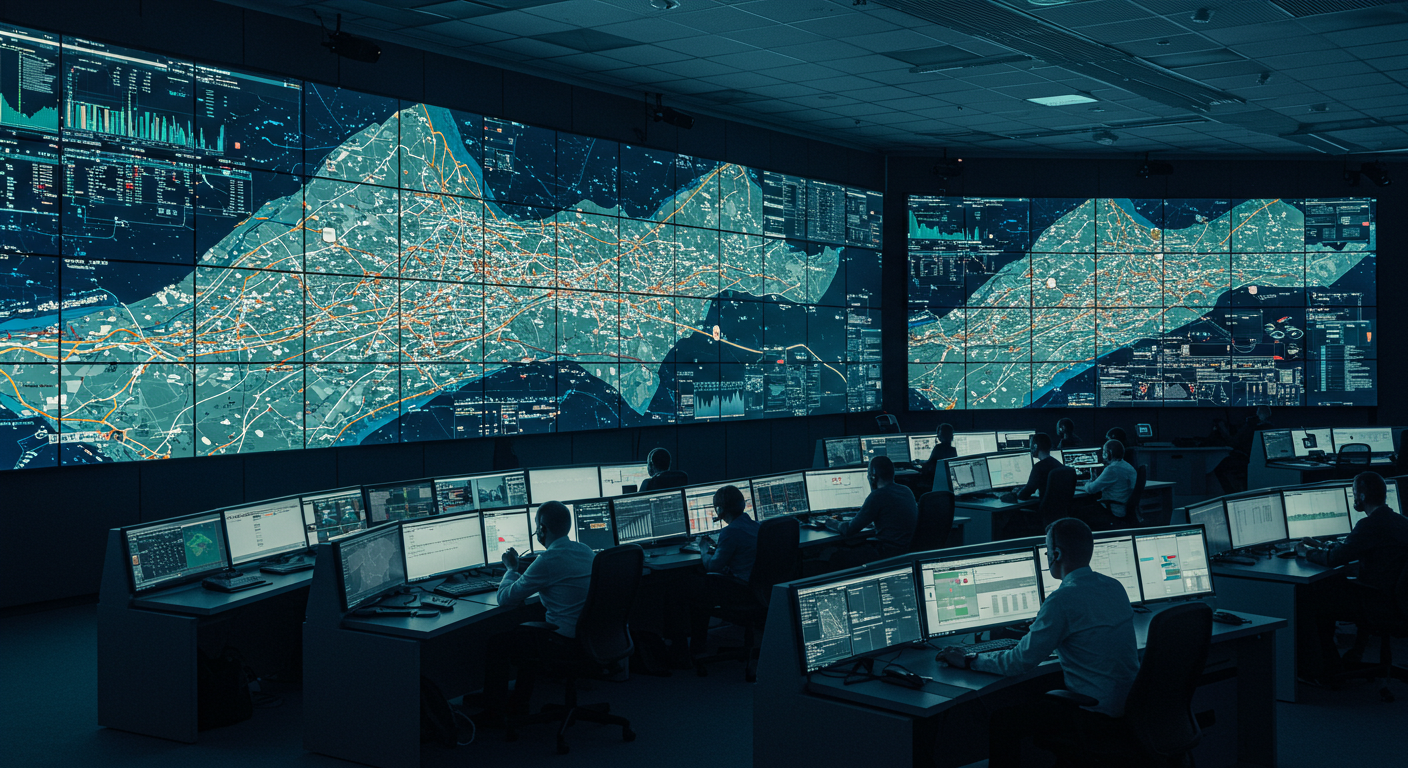For centuries, the frame dictated the form. Whether canvas or cathode ray, the rectangle was king—a rigid, unyielding boundary that forced all vision, all expression, to conform. Art was cropped, cropped again, and cropped once more to fit within its four straight walls. Then, quietly, a revolution began. Not with paint or chisel, but with light. Flexible LED screens arrived, not to replace the rectangle, but to dissolve it. They whispered to artists and architects: “Your canvas is no longer flat. It can curve. It can bend. It can become the shape of your imagination.”
Imagine walking into a luxury hotel lobby. Above you, the ceiling is no longer plaster and paint, but a flowing river of light, undulating like silk caught in a gentle breeze. Or stepping into a museum exhibit where the walls themselves seem to breathe, swelling and receding with projected imagery that clings to every contour. This is not projection mapping—this is the screen itself, physically molded to the architecture, becoming one with the space it inhabits. The technology is deceptively simple in concept: individual LED modules mounted on flexible substrates that can be bent to precise radii without damaging the circuitry or distorting the image. In practice, it is a marvel of material science and engineering, requiring components that are both durable and pliable, luminous and resilient.
The true liberation lies not in the screen’s ability to bend, but in the freedom it grants the creator. A fashion brand can wrap its logo around a cylindrical column, turning structural necessity into branded spectacle. A theater can curve its backdrop to envelop the audience in a 180-degree panorama, dissolving the line between stage and seat. An artist can sculpt light into three-dimensional forms, creating installations that viewers walk around, through, and beneath—experiencing the work from every conceivable angle. The screen is no longer a window you look through; it is an object you inhabit, a presence that shares your physical space.
This flexibility has also redefined retail. Boutiques no longer need to fight with awkward corners or curved walls; they can embrace them. A screen can follow the gentle arc of a display case, highlighting products with a glow that seems to emanate from within the architecture itself. In automotive showrooms, flexible screens can contour around the curves of a new model, projecting dynamic visuals that accentuate its lines and design. The content, too, evolves. Designers no longer think in flat planes, but in volumes, in surfaces, in flows. They choreograph light to move with the shape, to enhance it, to become inseparable from it.
Even the installation process is a form of art. Technicians become sculptors, carefully shaping the screen to its intended form, calibrating each module to ensure seamless color and brightness across the entire surface. It is a dance between technology and craftsmanship, where precision meets creativity. The result is not just a display, but an experience—one that feels organic, inevitable, as if the light was always meant to take that shape.
In a world obsessed with breaking boundaries, flexible LED screens offer a quiet, profound rebellion. They do not shout; they flow. They do not impose; they adapt. They remind us that beauty is not confined to straight lines and right angles, that innovation is not always about adding more, but about removing limits. They have freed light from its prison, and in doing so, have given artists, architects, and dreamers a new language—one written not in ink or stone, but in curves of pure, living luminescence.



